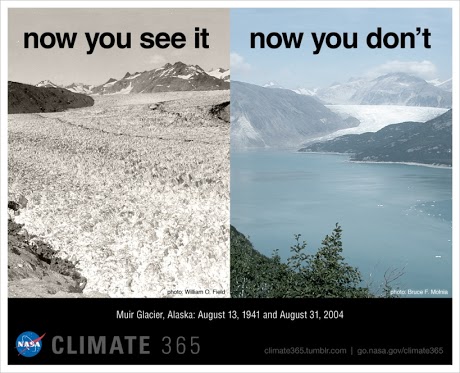NASA will host its first live Google+ Hangout with the International Space Station from 10:30 a.m. to 11:30 EST, Friday, Feb. 22. NASA Explorer Schools students in Mr. Nate Raynor’s class at Mescalero Apache High School in Mescalero, N.M, and students in Ms Danielle Miller’s class at University High School in Orlando, Fla., will connect with astronauts living and working aboard the laboratory orbiting 240 miles above Earth and with astronauts on the ground.
Astronauts Kevin Ford and Tom Marshburn of NASA and Chris Hadfield of the Canadian Space Agency will answer questions and provide insight about life aboard the station. Crews conduct a variety of science experiments and perform station maintenance during their six-month stay on the outpost. Their life aboard the station in near-weightlessness requires different approaches to everyday activities such as eating, sleeping and exercising.
Participate by using #askAstro to ask real-time questions on Google+, YouTube or Twitter. On the morning of the event, NASA will open a thread on its Facebook page where questions may be posted.
View the hangout live on NASA’s Google+ page or on the NASA Television YouTube channel. To join the hangout, and for opportunities to participate in upcoming hangouts, visit the NASA’s Google+ page.
Link to the NASA Explorer Schools home page.


 Photo credits: Photographed by William O. Field on Aug. 13, 1941 (left) and by Bruce F. Molnia on
Photo credits: Photographed by William O. Field on Aug. 13, 1941 (left) and by Bruce F. Molnia on Join Dr. Liz Warren in this NASA Now classroom video as she discusses some very serious negative long-term effects and some interesting short-term changes the human body experiences in space.
Join Dr. Liz Warren in this NASA Now classroom video as she discusses some very serious negative long-term effects and some interesting short-term changes the human body experiences in space.